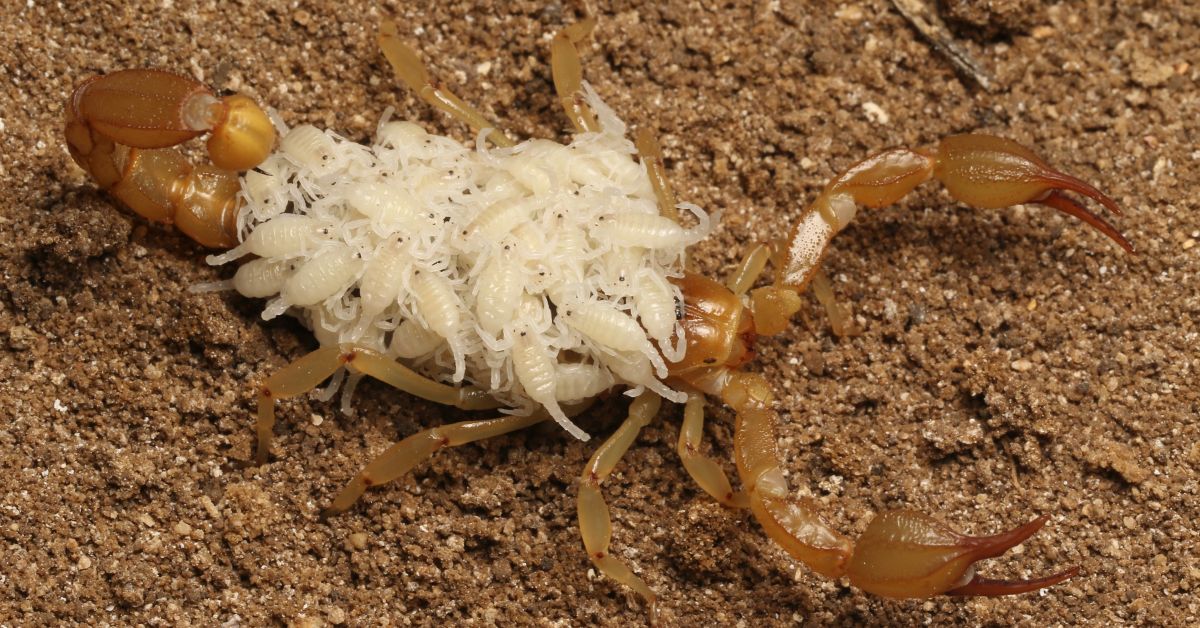Two scorpion species that have crawled under the radar are now described thanks to two enthusiastic teenagers.

Harper Forbes and Prakrit Jain, two teenagers from California, were browsing the collaborative science platform iNaturalist – where users upload observations of flora, fauna, and fungi, and collaborate to identify them – when they came across a peculiar entry. A citizen scientist had discovered an enigmatic scorpion near a lake in the Mojave Desert, which had remained unidentified on the platform for six years.
Despite having studied various scorpions extensively, the pair were unable to determine the species of the scorpion. Eventually, they realized that it was an unidentified species. Later on, they stumbled upon another unknown scorpion on iNaturalist, which they quickly realized had never been identified before.
“We immediately knew that they were something new,” Jain told CBC Radio’s “As It Happens.”
Harper, 19, and Prakrit, 18, often scroll through the platform and met while working at a nature preserve. Both aspiring young scientists are deeply passionate about ecology and are determined to document every arachnid species found in California.

In collaboration with Lauren Esposito, an arachnology curator at the California Academy of Sciences, Harper and Prakrit followed the official process of describing a new species. They spent their summer break collecting male and female specimens of the two unknown scorpions at California’s Soda Lake and Koehn Lake, the sites of the iNaturalist observations, and compared them to known species.
Using blacklights, which glow under ultraviolet light, the duo searched for scorpion hiding spots, such as cracks in the soil and bushes, and eventually, all their hard work paid off: they became the lead authors of a paper introducing two new species, Paruroctonus soda and Paruroctonus conclusus, published in the scientific journal ZooKeys. The paper describes the two newly described species of playa scorpions that inhabit the dry lake beds in central and southern California.

Scorpions are often feared and overlooked, but they are essential for the balance and health of desert ecosystems, which support a surprising amount of plant and animal diversity. Cameron Barrows, an ecologist at the University of California, Riverside, points out that reducing biodiversity can limit human survival opportunities, and scorpions and other wildlife serve as indicators of the biodiversity that the desert has to offer.
The two newly discovered species of scorpions have evolved to thrive in alkaline environments, specifically in dry, salty lake basins with high pH levels. Due to their specialized adaptations, both species can only be found near the locations where citizen scientists first identified them, namely Soda Lake for P. soda and Koehn Lake for P. conclusus.
P. soda is protected by federal management because its entire habitat is within the Carrizo Plain National Monument, while P. conclusus is at risk from external threats, such as solar farms, mines, or housing development that could wipe out its severely limited range.

In their paper, the young authors call on federal land managers to create a conservation area for P. conclusus and work towards reducing the threats to its habitat from development and human-induced climate change. They are also collaborating with the International Union for Conservation of Nature (IUCN) to determine if P. conclusus qualifies as a threatened species and, consequently, eligible for federal protection.
Although Harper and Prakrit discovered the new scorpion species while they were still in high school, they are now both in college studying biology and pursuing their passion for ecology. The two friends are working on a book about California’s scorpions and planning to identify new species together through even more fieldwork.
“These kids can find anything,” Lauren told the Guardian. “You set them out in a landscape and they’re like: ‘Here’s every species of snake, here’s every scorpion, every butterfly,’ and it’s kind of incredible.”
Sources: 1, 2, 3
